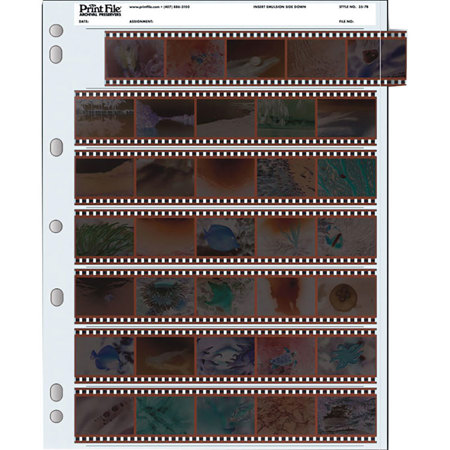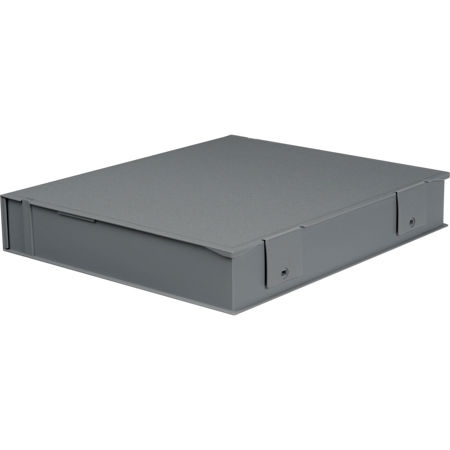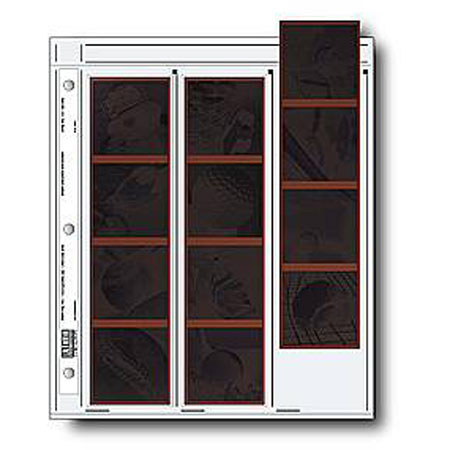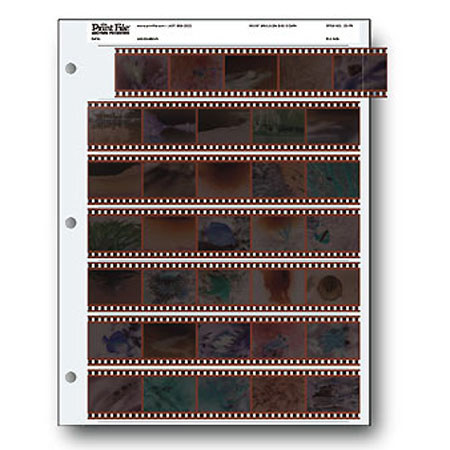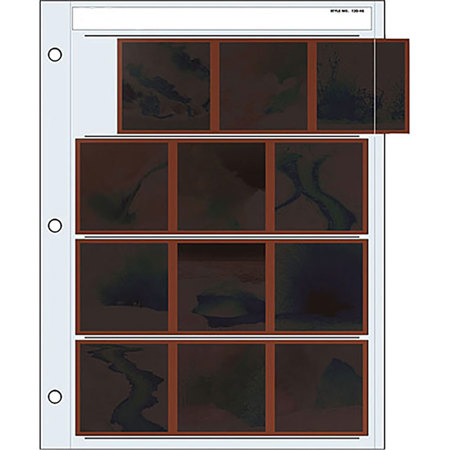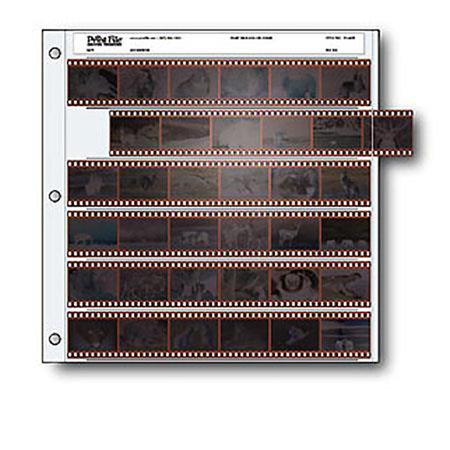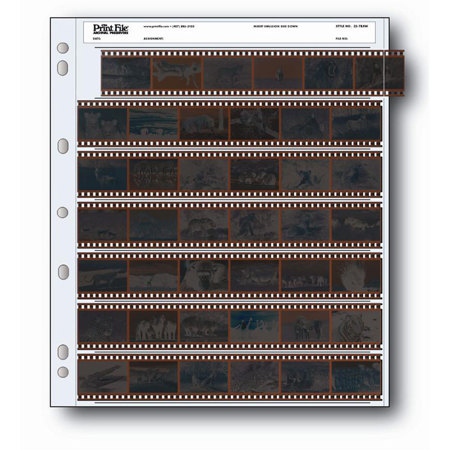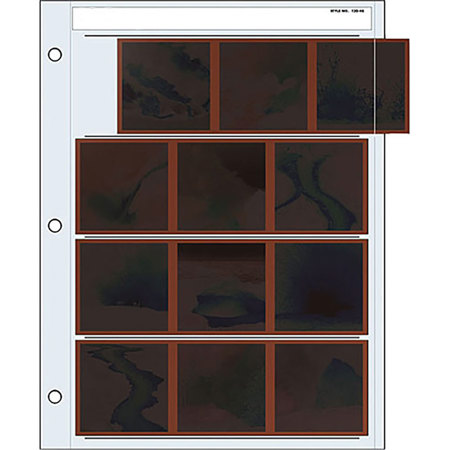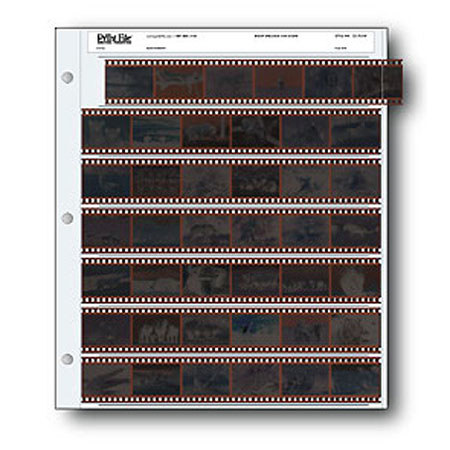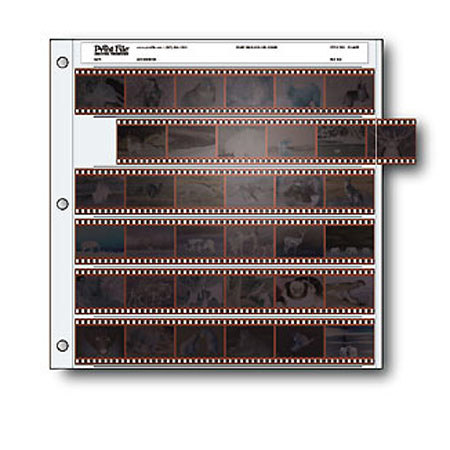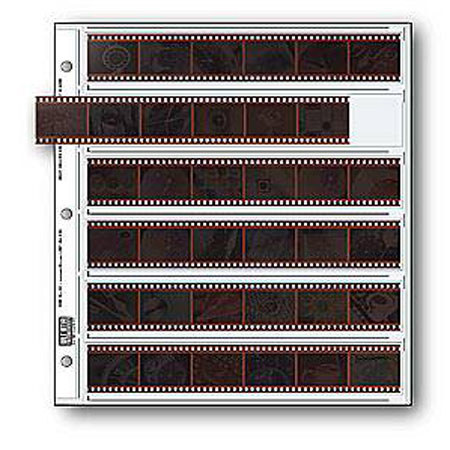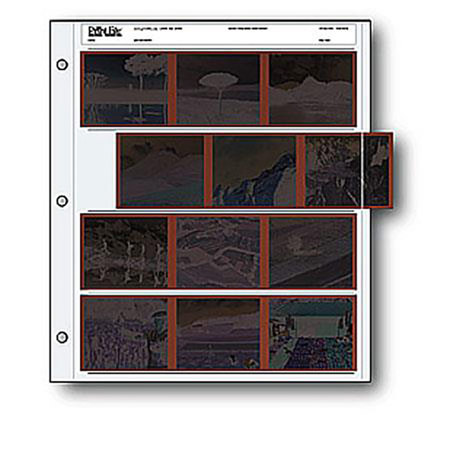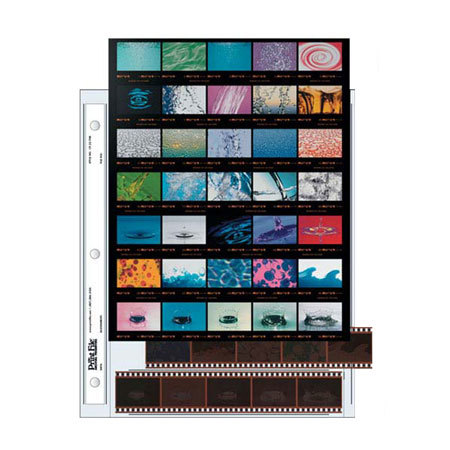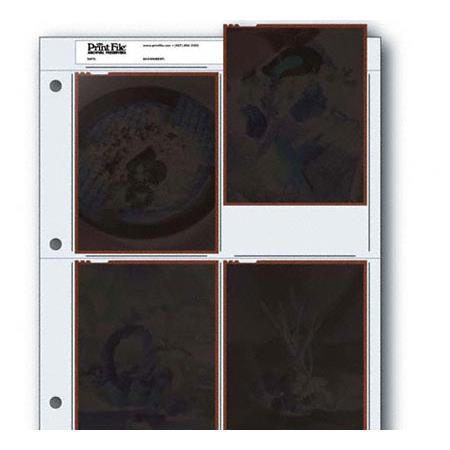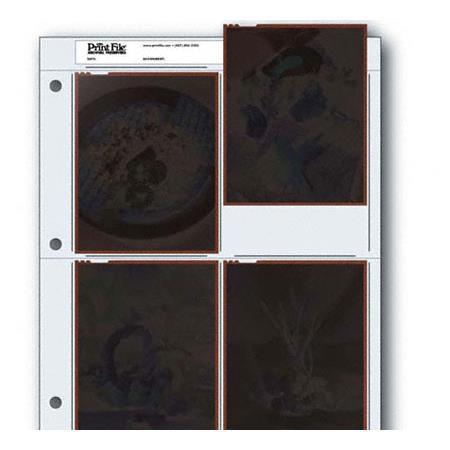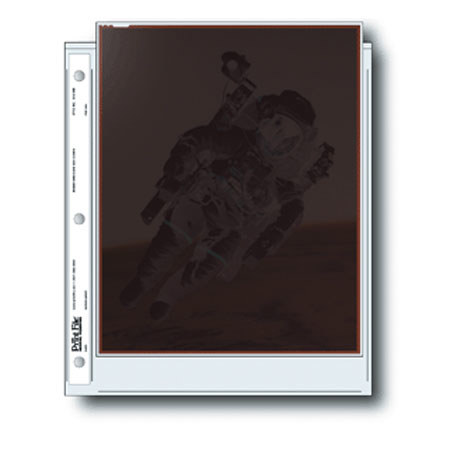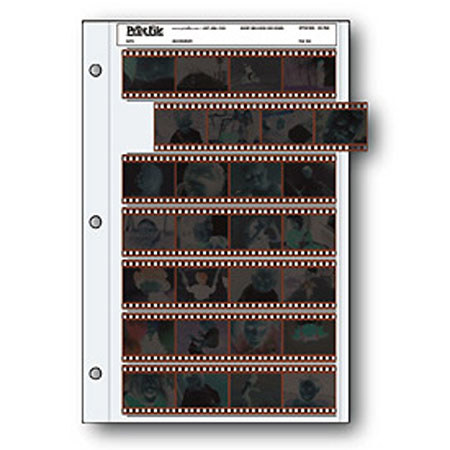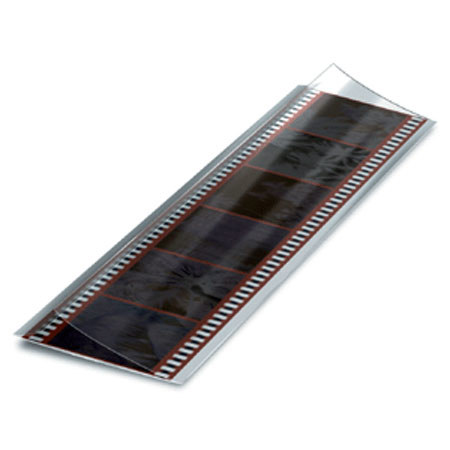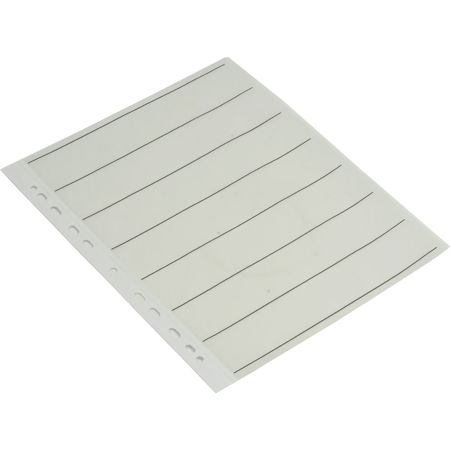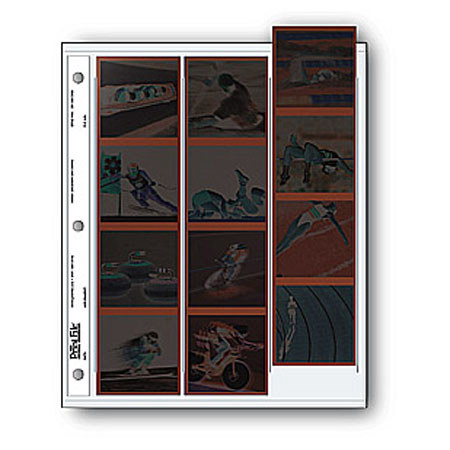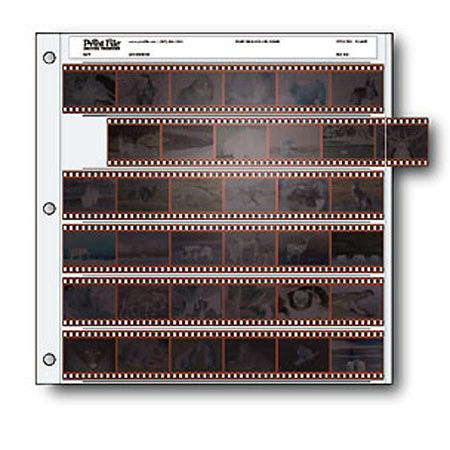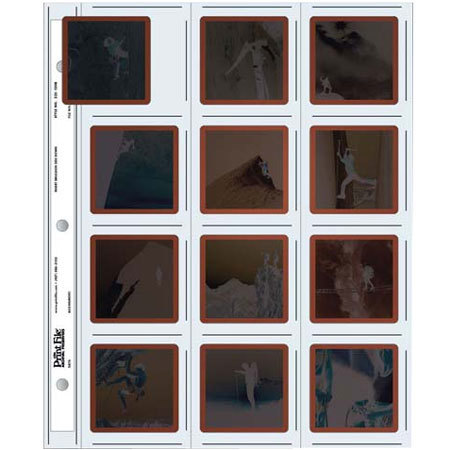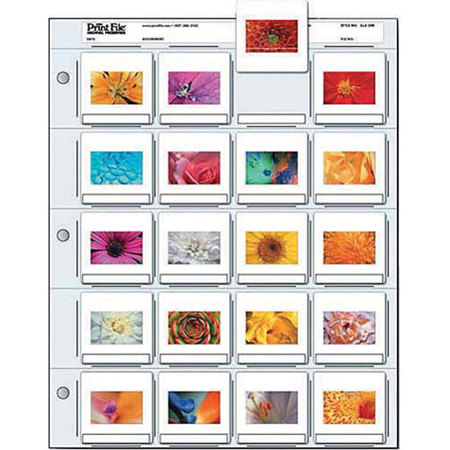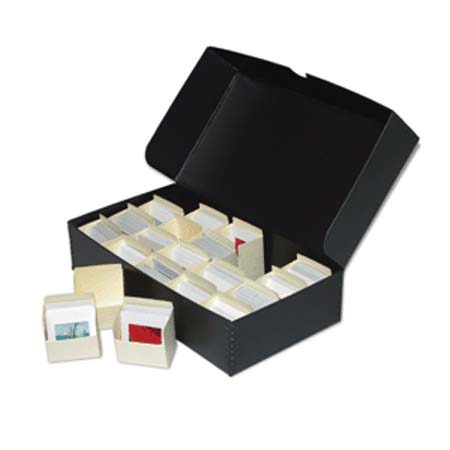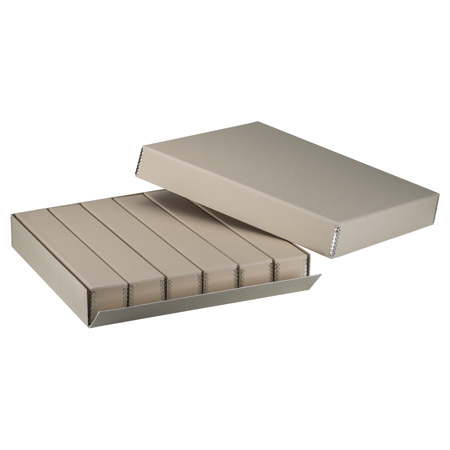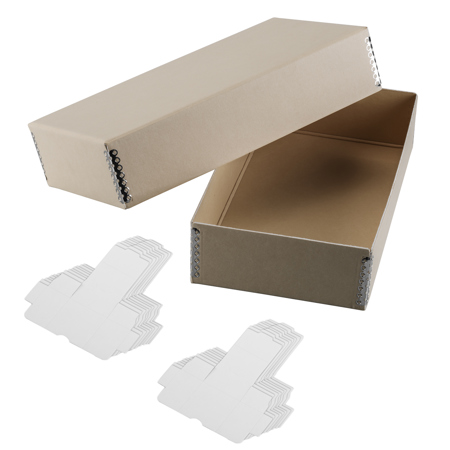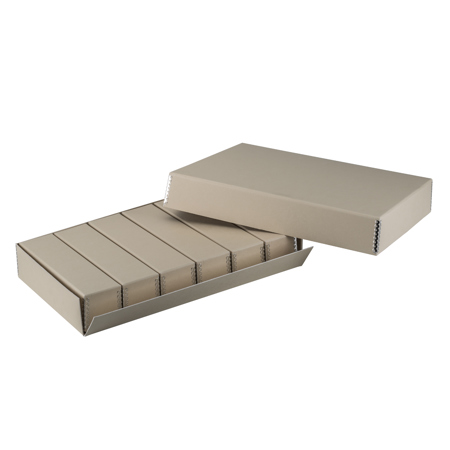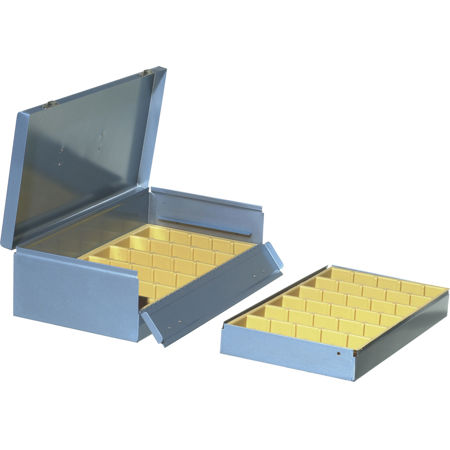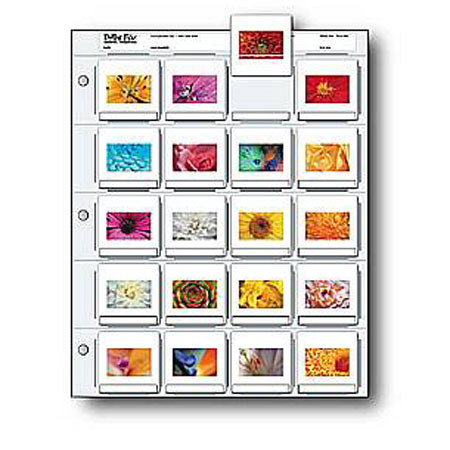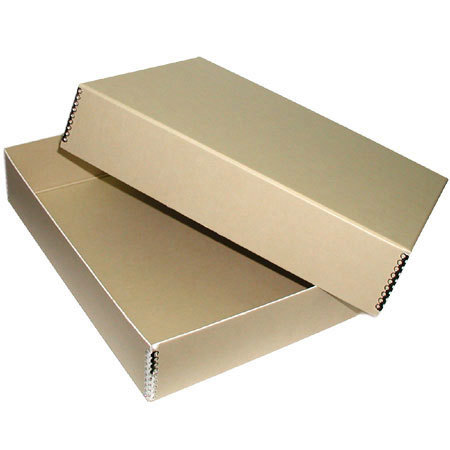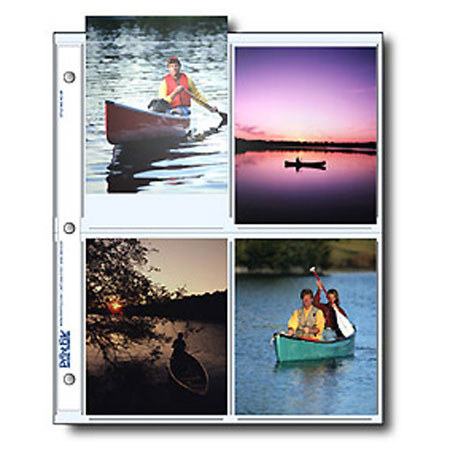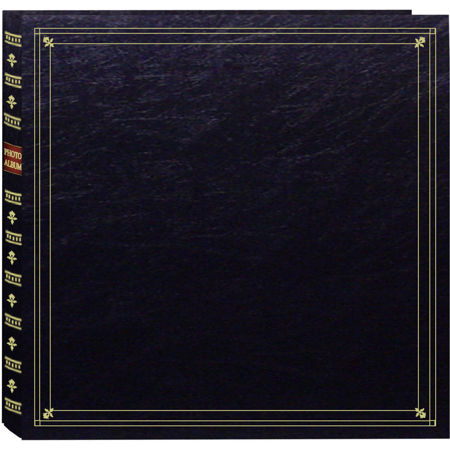Negative Storage For World Photography Day
Preserving film negatives is an essential part of honoring your photographic legacy, especially in the spirit of World Photography Day. Whether you’re a seasoned film photographer, a collector of family snapshots, or someone who recently inherited a box of vintage negatives, the right negative storage solutions ensure your memories remain pristine for generations. Proper storage begins with the use of acid-free, archival-safe materials—these are designed to protect against the invisible threats of chemical reactions, environmental moisture, and dust. Polypropylene or polyethylene sleeves are a staple, offering a crystal-clear view of each negative strip while shielding them from fingerprints and airborne contaminants. For those who appreciate organization, binder rings and archival pages allow negatives to be sorted chronologically or by project, making it easy to revisit a favorite summer road trip or a once-in-a-lifetime event. Many photographers find a sense of satisfaction in flipping through a well-organized binder, recalling the stories behind each frame as the seasons change outside their window.
As September ushers in cooler, drier air, it’s an ideal time to assess your negative storage setup. Environmental factors like humidity and heat can accelerate the degradation of film, so storing negatives vertically in archival boxes or within a 3-ring binder system is more than a matter of tidiness—it’s a safeguard against time itself. Adding silica gel sachets to your storage containers helps absorb excess moisture, offering peace of mind during unpredictable weather. For those with extensive archives, airtight plastic containers provide an extra buffer, especially if you’re storing negatives in a closet or cabinet where temperature and humidity can fluctuate. These thoughtful touches make negative storage a meaningful gift for photography enthusiasts, students, or anyone embarking on a journey to digitize their family’s visual history. The gift of archival storage is a gesture that says, “Your memories matter,” and can be appreciated by anyone who values the tactile magic of film.
Organizing negatives isn’t just about preservation—it’s about accessibility and creative inspiration. Whether you’re preparing for a gallery show, assembling a portfolio, or simply curating your personal archive, clear labeling and systematic storage make it easy to locate specific images when inspiration strikes. Many photographers find that handling their negatives—sliding them into fresh sleeves, arranging them in a binder, or tucking them into a dedicated archival box—becomes a cherished ritual, a quiet moment to reflect on the art and craft of photography. If you’re also exploring ways to store your printed photographs, consider visiting our dedicated page for Print Storage for World Photography Day for additional expert guidance. By investing in proper negative storage, you’re not only protecting your images from the elements; you’re creating a legacy that can be rediscovered and celebrated for years to come.
As September ushers in cooler, drier air, it’s an ideal time to assess your negative storage setup. Environmental factors like humidity and heat can accelerate the degradation of film, so storing negatives vertically in archival boxes or within a 3-ring binder system is more than a matter of tidiness—it’s a safeguard against time itself. Adding silica gel sachets to your storage containers helps absorb excess moisture, offering peace of mind during unpredictable weather. For those with extensive archives, airtight plastic containers provide an extra buffer, especially if you’re storing negatives in a closet or cabinet where temperature and humidity can fluctuate. These thoughtful touches make negative storage a meaningful gift for photography enthusiasts, students, or anyone embarking on a journey to digitize their family’s visual history. The gift of archival storage is a gesture that says, “Your memories matter,” and can be appreciated by anyone who values the tactile magic of film.
Organizing negatives isn’t just about preservation—it’s about accessibility and creative inspiration. Whether you’re preparing for a gallery show, assembling a portfolio, or simply curating your personal archive, clear labeling and systematic storage make it easy to locate specific images when inspiration strikes. Many photographers find that handling their negatives—sliding them into fresh sleeves, arranging them in a binder, or tucking them into a dedicated archival box—becomes a cherished ritual, a quiet moment to reflect on the art and craft of photography. If you’re also exploring ways to store your printed photographs, consider visiting our dedicated page for Print Storage for World Photography Day for additional expert guidance. By investing in proper negative storage, you’re not only protecting your images from the elements; you’re creating a legacy that can be rediscovered and celebrated for years to come.
